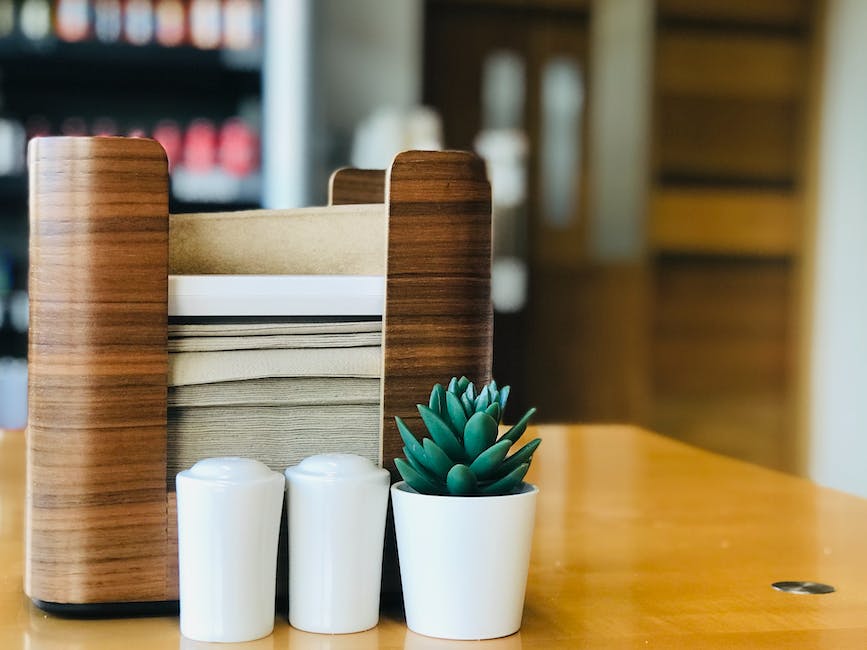An Introduction to Winterizing Your HVAC System
As winter approaches, it is imperative to prepare your home for the challenging weather conditions. One of the vital aspects of your home that requires special attention is your Heating, Ventilation, and Air Conditioning (HVAC) system. The HVAC system plays a crucial role in maintaining a comfortable temperature throughout the seasons. When winterizing your HVAC system, the aim is to ensure it operates efficiently during the colder months, reducing energy consumption and ensuring your home remains warm and comfortable. In this article, we will discuss steps on how to properly winterize your HVAC system.
Understanding the Importance of Winterizing Your HVAC System
Winterizing your HVAC system is a measure that guarantees your comfort and safety during winter. Ignoring this crucial task could lead to costly repairs or even the need for a complete system replacement, especially if the system freezes or experiences other cold-related damages. Additionally, an efficiently running HVAC system will minimize energy usage, leading to reduced utility bills. It will also provide consistent heating, adding to the life expectancy of the HVAC system.
Changing the Air Filters
One of the simplest yet essential steps to winterizing your HVAC system is changing the air filters. The filters trap dust, dirt, and allergens, and if not replaced regularly, they can limit the airflow, causing the system to work harder and use more energy. It’s recommended to change your air filters every 90 days, or more often if you have pets or members of your household have allergies.
Insulating the HVAC System
Insulation is critical in preventing heat loss. It’s advisable to insulate both the indoor and outdoor equipment. Check for draughts around windows and doors adjacent to your indoor system and seal where necessary. For outdoor HVAC components, consider a professional-grade cover to protect it from the elements.
Cleaning Ducts and Vents
Your HVAC system’s efficiency can be significantly compromised by dust or obstructions in the ducts and vents. Professional cleaning of these areas can improve the air quality, performance, and longevity of your HVAC system.
Scheduling a Professional HVAC Check-up
While there are various do-it-yourself measures you can take to winterize your HVAC system, scheduling a professional check-up and maintenance service is beneficial. A qualified HVAC specialist can inspect the system for potential or existing problems, lubricate moving parts, check the system’s gas pressure, and ensure it is ready to operate effectively throughout the winter.
Installing a Programmable Thermostat
A programmable thermostat plays a significant role in managing your HVAC system’s energy usage. You can program it to lower the temperature when you’re not at home and heat your home right before you return, significantly reducing energy waste.
Ensuring a Clear Outdoor Unit
If your HVAC system has an outdoor unit, ensure it is clear and free from debris, ice, or snow. These obstructions can affect the unit’s performance, leading to inefficient operation and increased energy usage.
Conclusion
Winterizing your HVAC system is an essential task that shouldn’t be overlooked. Effective winterization entails cleaning or changing filters, insulating the HVAC equipment, cleaning ducts and vents, scheduling a professional check-up, installing a programmable thermostat, and ensuring your outdoor unit is clear from obstructions. By following these steps, you will ensure your HVAC system is prepared for the cold winter months, resulting in consistent performance, energy efficiency, and most importantly, a comfortable and warm home environment. Don’t let the harsh winter weather catch you unprepared; begin the process of winterizing your HVAC system today.
